Fortinet NSE 8 - Written NSE8_812 Exam Practice Test
Refer to the exhibit.

You have deployed a security fabric with three FortiGate devices as shown in the exhibit. FGT_2 has the following configuration:

FGT_1 and FGT_3 are configured with the default setting. Which statement is true for the synchronization of fabric-objects?
You are performing a packet capture on a FortiGate 2600F with the hyperscale licensing installed. You need to display on screen all egress/ingress packets from the port16 interface that have been offloaded to the NP7.
Which three commands need to be run? (Choose three.)
Answer : A, C, D
Refer to The exhibit, which shows a topology diagram.
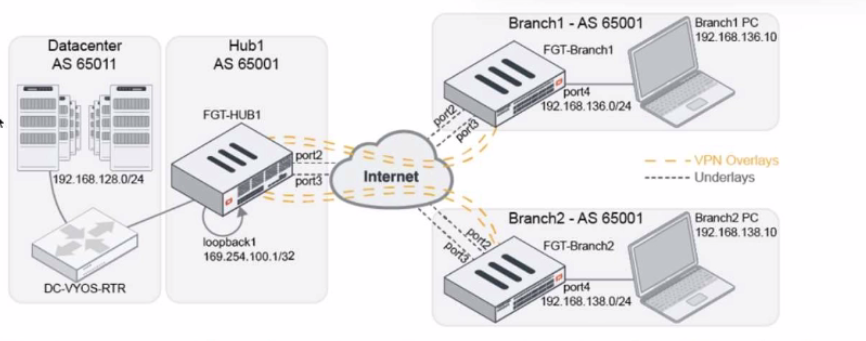
A customer wants to use SD-WAN for traffic generated from the data center towards Branches. SD-WAN on HUB should follow the underlay condition on each Branch and the solution should be scalable for hundreds of Branches.
Which SD WAN-Rules strategy should be used?
Answer : D
An administrator discovers that CPU utilization of a FortiGate-200F is high and determines that no traffic is being accelerated by hardware.
Why is no traffic being accelerated by hardware?
Answer : C
Refer to the exhibits.
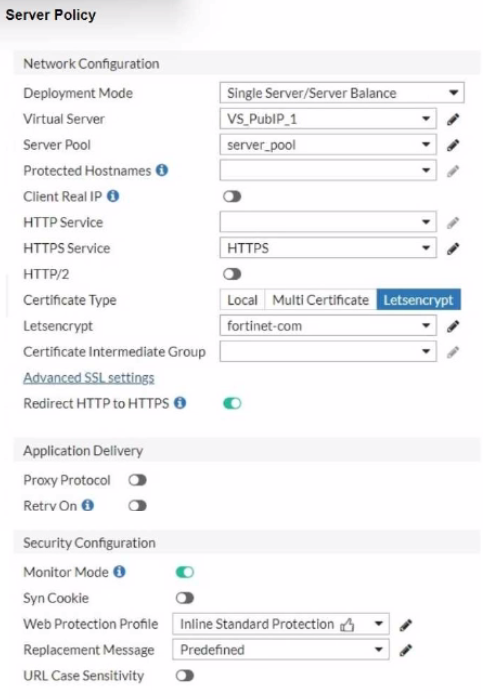
You are configuring a Let's Encrypt certificate to enable SSL protection to your website. When FortiWeb tries to retrieve the certificate, you receive a certificate status failed, as shown below.

Based on the Server Policy settings shown in the exhibit, which two configuration changes will resolve this issue? (Choose two.)
Answer : A, B
Refer to the exhibits.
Exhibit A
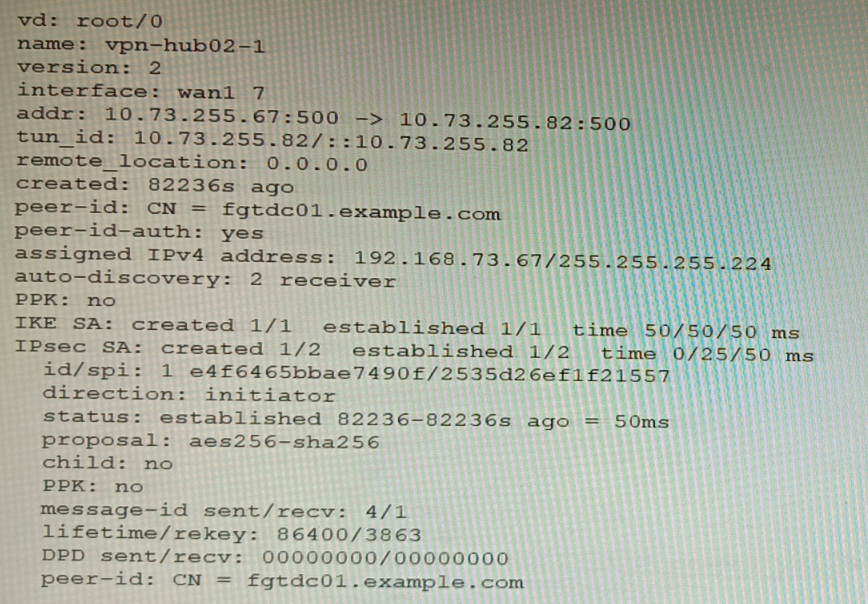
Exhibit B
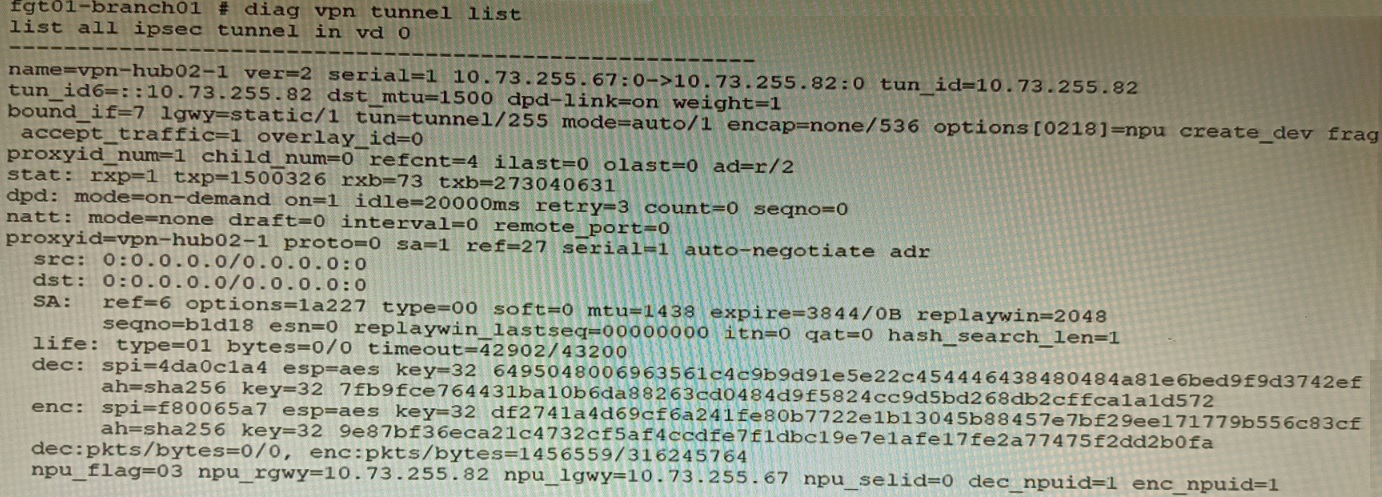
Exhibit C
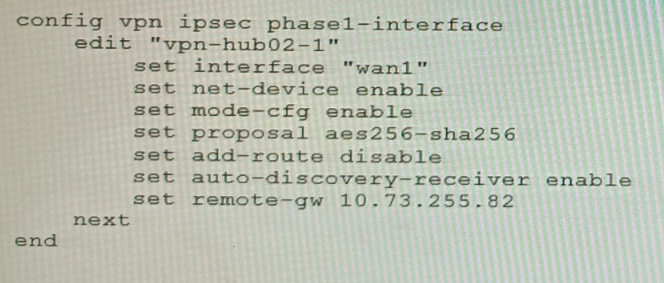
A customer is trying to set up a VPN with a FortiGate, but they do not have a backup of the configuration. Output during a troubleshooting session is shown in the exhibits A and B and a baseline VPN configuration is shown in Exhibit C Referring to the exhibits, which configuration will restore VPN connectivity?
A)
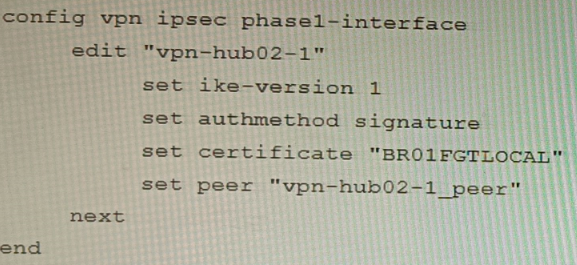
B)
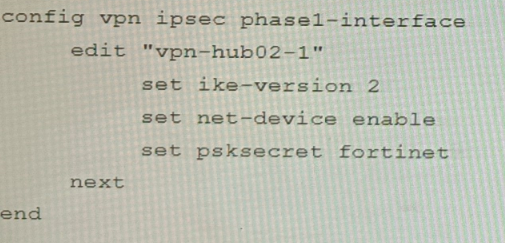
C)

D)

Answer : C
The output in Exhibit A shows that the VPN tunnel is not established because the peer IP address is incorrect. The output in Exhibit B shows that the peer IP address is 192.168.1.100, but the baseline VPN configuration in Exhibit C shows that the peer IP address should be 192.168.1.101.
To restore VPN connectivity, you need to change the peer IP address in the VPN tunnel configuration to 192.168.1.101. The correct configuration is shown below:
config vpn ipsec phase1-interface
edit 'wan'
set peer-ip 192.168.1.101
set peer-id 192.168.1.101
set dhgrp 1
set auth-mode psk
set psk SECRET_PSK
next
end
Option A is incorrect because it does not change the peer IP address. Option B is incorrect because it changes the peer IP address to 192.168.1.100, which is the incorrect IP address. Option D is incorrect because it does not include the necessary configuration for the VPN tunnel.
Refer to the exhibit.
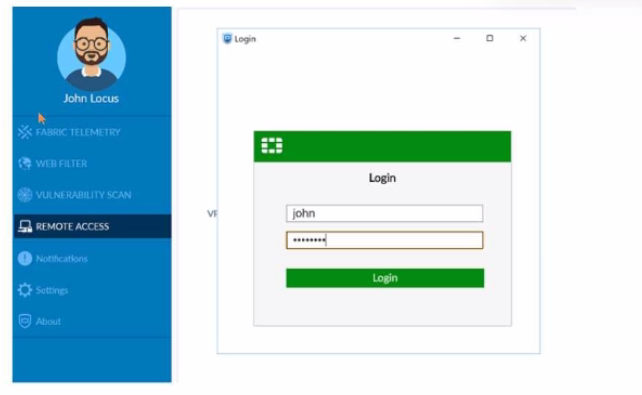
What is happening in this scenario?
Answer : C